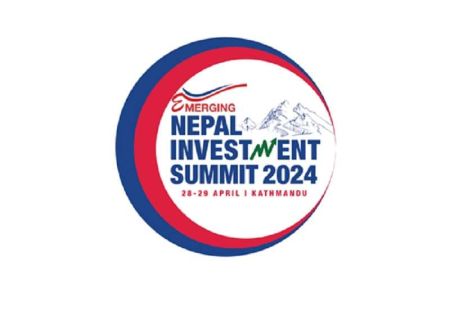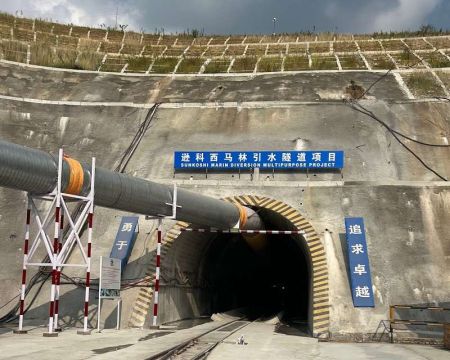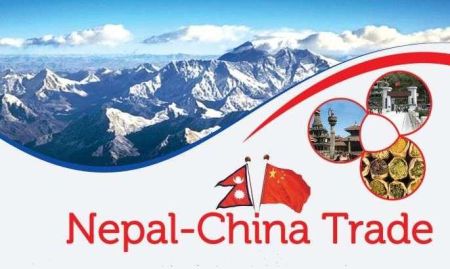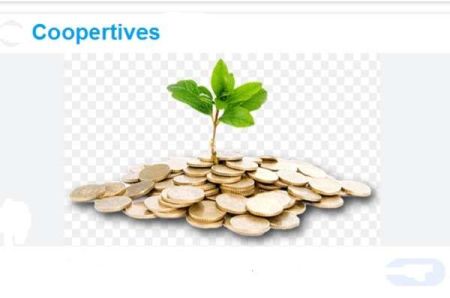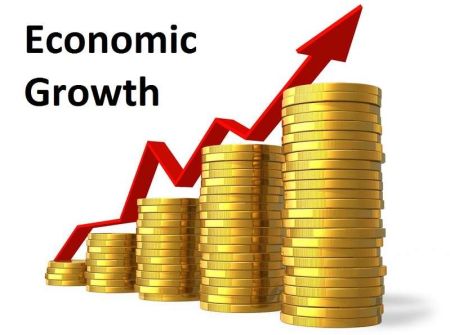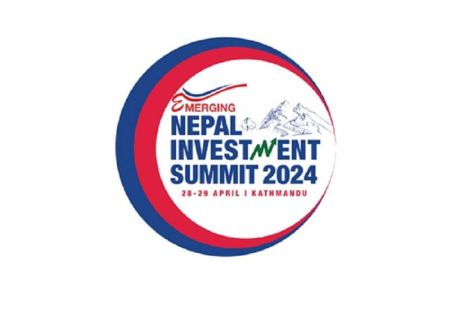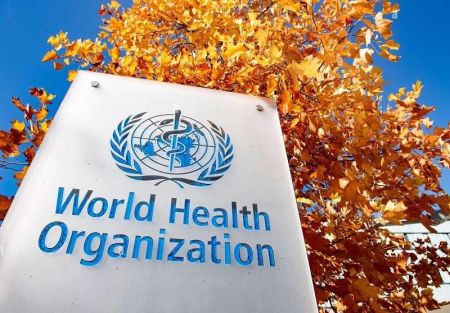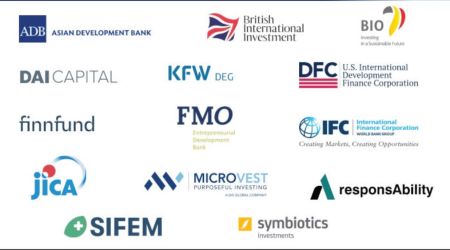 Ratnakar Adhikari
Ratnakar Adhikari General Secretary
South Asia Watch on Trade, Economics and Environment (SAWTEE)
It is our right to be able to protect our industrial sector. If you open up the industrial sector completely then it could result in industrial depression and loss of employment. So, it is necessary to protect the industrial sector but not to the extent of providing incentive to inefficient industries.
Â
The trade policy of Nepal is more liberal than some other developing countries. Why then has trade failed to contribute to our national economy and development?
Having a liberal trade policy alone is not sufficient to increase export potential. Second, Nepal is still not more liberal than Sri Lanka and Bangladesh. Other countries have become more liberal, not only in terms of tariff and non tariff barriers but also in terms of trade to GDP ratio. If you see that the trade to GDP ratio is increasing, you can conclude that the country is more integrated into the global market. Theoretically, we have to be in a position to gain because we are liberalised. That is the classical theory of anti-export bias produced by Bhagwati and Kreuger in 1978. They say that if you protect your domestic industry, you will be raising the barrier for export because protection of domestic industry through tariff will in a way raise the price of import which will be used in the export processing sector. Eventually, your export will suffer. However, theories apart, in today’s world, having a liberal economy is no guarantee that you will be able to export too.
Â
There is a heated debate under the Doha Round between the developed and developing countries. How justified are the arguments of the developing countries?
Agriculture is our livelihood and we should be in a position to protect our agriculture sector when required. The special safeguard measures proposed by the developing countries are useful. If you open up the entire agriculture sector in which the protection is already lower compared to industrial products, there could be other problems like food security, livelihood, social tension and others. In agriculture, I fully agree with the position of the developing countries. In terms of industrial products, most of the developing countries which are liberal today and most of the OECD or developed countries had protected their industrial sector during their respective process of economic transformation. So, it is our right to be able to protect our industrial sector. If you open up the industrial sector completely then it could result in industrial depression and loss of employment. So, it is necessary to protect the industrial sector but not to the extent of providing incentive to inefficient industries. You have to allow a certain degree of competitive atmosphere. If you think that they will be able to do better in the long run, then you have to provide protection for a limited period of time.
Â
On non tariff barriers, there are two things that we have to understand. The first is that certain non tariff barriers are related to environment, consumer preferences and health and safety of the consumers. Such conditions on the basis of scientific evidence are imposed in the form of non-tariff measures. For example, if Aflatoxin causes cancer and we export certain agricultural products containing Aflatoxin which is at a level higher than globally accepted, then our product gets rejected. It’s not the fault of the importing country. We have to be able to improve our infrastructure, laboratory system, human resources and legislative arrangements in order to be able to fulfil the requirements. But there are certain non-tariff barriers which are protectionist in nature. We oppose these protectionist barriers. In terms of services, the developing countries are demanding the liberalisation of labour movement from one country to another. It has been proved that three per cent increase in labour force from the developing countries would result in global welfare gain of 300 billion dollars. This is something that needs to be pondered upon.
Â
Finally, on trade remedy measures, developing countries do not have a serious position except saying that the developed countries are using trade remedy measures as a protectionist device. That may not necessarily be the case. So, on the whole, their position in the Doha Round is quite justified given the socio, economic and political situation of these countries.
Â
LDCs find it difficult to implement some of their WTO commitments. How would ‘Aid for Trade’ help to implement such commitments?
Aid for Trade (AFT) does provide necessary help to the developing countries and LDCs to implement some of the WTO commitments including drafting of legislations, preparing of regulations and putting in place the institutional mechanism that are required to take advantage of the export opportunities offered by the WTO.
Â
How can ‘Aid for Trade’ help overcome supply side constraints?
Supply side constraints need to be divided into two different categories. One is supply- side constraints that results from our fluid political situation. The strikes and various political demonstrations make us unable to ship our goods on time. AFT cannot do anything about this. Then, there are supply side constraints that are resulting from our lack of resources or our inability to utilise resources properly in certain areas like infrastructure, development of roads, transportation, electricity and skills. People do not have the necessary skills to produce goods in a competitive manner. We have customs infrastructure which does not even measure up to regional standards. That needs to be improved. Besides, we do not use the required technology to be more productive and competitive in the international market.
Â
Some people interpret ‘Aid for Trade’ as the same money from the same window as human rights aid. What is your take on it?
That is not true. AFT includes only six components. The first is the economic infrastructure which is the money provided for road, electricity, and communication. The second category is the money provided for building productive capacity in agriculture, industries and services sectors. The third is a trade development category which is basically the money provided for export promotion and development of trade. The fourth category is trade policy and regulations for helping countries to implement their WTO commitments, including enactment of legislations and capacity building of various institutions in the country. The fifth one is called trade related adjustment which is basically the money provided to countries to implement trade liberalisation measures and protect the country from negative affects of trade liberalisation. It involves retraining people who lose their job because of trade liberalisation and finding alternative employment opportunities for them. The sixth category is ‘others’. Others could be anything if the donors and recipients agree to call a particular aid as AFT. The other way of looking at this is: AFT is Overseas Development Assistance (ODA) minus the money provided for various areas, for example, health, education, environmental conservation, human rights, women empowerment and peace and conflict. Human Rights is of course a separate area altogether.
Â
Do you think ‘Aid for Trade’ will succeed in Nepal as many other aid programmes have failed to generate the desired output?
There is no evidence to say that aid has not helped Nepal’s economic growth. The opinion is divided here. As a researcher, I would be reluctant to say that aid hasn’t helped. At the same time, I wouldn’t vouch that foreign aid has helped tremendously. However, it has certainly helped in meeting the saving and investment gap. If the foreign aid was not provided in some areas, for example, the health sector, it is difficult to say whether we would be able to do something. In the case of AFT, I am not very excited. If there is real additional money coming as AFT, that would definitely be helpful, but not if it is repackaging of money diverted from other areas. Next, it has to be predictable. If certain donor countries are going to provide certain amount of money, they have to guarantee the fund for a multi-year period. It is also the issue of sustainability which is not only about donors providing money on time. It should be taken into account whether the government is ready to take charge of the projects once the donor funding ceases. If a donor provides money for three years, you can’t ask the donor to provide money for the entire period of the project even if the results are good. If you can operate the project on a commercial basis, the private sector will take over. If you are not working on the commercial basis, then government should step in and provide sustainability to the project. The final issue is the effectiveness of the aid. The Paris declaration of aid effectiveness should be the guiding principles for enhancing the effectiveness of AFT. These criteria would actually determine the success of the project. If these criteria are met, the chances of AFT working for the country are fairly good.
Â
Experts say we lack basic trade infrastructure. What kind of problems and challenges do you see that hinder Nepal’s sustainable trade development? What should be done?
Basic infrastructure is necessary for the country to be able to expand its export on a sustainable basis. A study shows that if a shipment is delayed by one day because of lousy infrastructure, it is equivalent to adding 0.8 per cent to the total tariff that you pay to the importing country. Another study says that if export is delayed by one day, the total export potential will be reduced by one per cent. Infrastructure should be the number one priority for Nepal to be able to trade on a sustainable basis. AFT is not going to be enough because we have our own governance problems to tackle. Governance issue is equally important.
Â
Experts opine that international community should not only provide market access but also help LDCs in enhancing their trade capacity. If everything is to be done by other countries, what should LDCs like Nepal prioritise in their agenda?
Nepal should fully mainstream trade in national development strategy first. In the new Plan document that is going to be prepared, it has to be included. Apart from that, mainstreaming has to be done at the sectoral level too. For example, if tea export is to be increased, then its priority has to be mainstreamed not only at the level of the Ministry of Industry but also at the Ministry of Agriculture which is responsible for promotion and growth of tea. So, all these ministries and sectors have to take into account the fact that mainstreaming is vital. The second issue is that we have to address supply-side constraints through effective governance reform as well as utilisation of AFT. But there are two aspects we have to ensure ourselves besides the sustainability issue. First, we have to improve our absorptive capacity. The government is unable to even spend the budget amount that has been allocated. How would it spend the money allocated by an external agency? However, we have seen some gradual improvement in our absorbing capacity but it needs to be enhanced further. Another critical issue is that of coordination. There must be coordination on how much money is coming, how it is being utilised and which sector is being prioritised. There has to be a coordination mechanism between the ministries of commerce, industry, tourism, agriculture and other related ministries that have a role in promoting trade so that there is better coordination and effective utilisation of resources.
Â
LDCs are worried that the current intellectual property protection regime does not recognise their contributions. How can countries like ours raise their voice to eliminate the danger of losing patent rights to compete in the international market?
Some of our properties of genetic resources and traditional knowledge are taken away by some multinational companies and universities. But in order to address that kind of problem, we have to keep our house in order. We need to pass the legislation on access and beneficiary by the parliament which is pending for six years now. The draft was prepared in 2004-05 but has not been adopted as a law. We need to ensure this as it will take care of three aspects. First, it will guide us on regulating access to our genetic resources and traditional knowledge. Second, it would make sure that when the access is provided, it is done on the basis of a prior informed consent of the local communities who are involved in conserving those resources. Third, it would ensure that those communities are appropriately remunerated. They would be appropriately remunerated for the job they have done so far to conserve the resources. With that kind of legislation, many countries have protected their bio diversity, genetic resources. It’s our fault that we have failed to follow suit. Global regime is unfair, however, we have not been able to create a mechanism at the local level to counter the unfair tendency of some global rules.
Â
Being an LDC, Nepal enjoys numerous benefits like zero tariff. How should Nepal utilise such concessions to gain optimum benefits?
Yes, we do have zero tariff access in selected markets. The European Union is definitely among them but we don’t have zero tariff access in the US market. The process for the same has begun but it will take a long time before such access is provided. Even if you have zero tariff access, you still have to fulfil the rules of origin (ROO) requirement. Once you fulfil the ROO, you are back to the supply-side issues because you have to create backward linkages. If a shirt has to be exported, it’s better to have the fabric manufactured in Nepal itself rather than relying on countries like China and India for the supply of materials. If we continue to get the materials from these countries, we will not be able to fulfil the ROO criteria. We have the full potential for export In some areas where ROO is not a problem. One such example is coffee which can be exported to European, Japanese or any other market in desired quantity without having to fulfil the ROO criteria because it’s an indigenous product and there could be more than 90 per cent value addition and processing in our country itself. However, we cannot export if we are not able to produce in desired quantity. Apart from production, we also have the problem of competitiveness. Even if our cost of production is lower than other countries in the world, our products will cost more by the time it reaches the final market. Let me give you an example. Imagine a situation in Gulmi where you have to organise a few farmers in the form of cooperatives while trying to export coffee to Japan. You collect 12 tonnes of total consignment and put it on the truck and try to send it. But there is a strike so you are stuck there for two days. Finally, you manage somehow and reach Birgunj customs. In order to clear the export consignment, it takes two days. Once cleared, the consignment moves to Kolkata port. It should normally take a maximum of two days to reach Kolkata port but sometimes it takes six days because there is a strike in Bihar or West Bengal which falls on the way. Once at Kolkata port, the consignment is not enough to reserve the entire ship. Now, it takes four days for the ship to fill up. Eventually, it moves from Kolkata. Kolkata is not a deep sea port but a shallow port so it can’t go directly to Japan. Therefore, the consignment on board the ship travels to Visakhapatnam, Colombo or Singapore. The consignment is transferred to the mother vessel at one of these ports and then it goes to Tokyo. In the process, you lose so much of time that you will not be competitive in the global market. So, it is not only the question of productivity and production, but also the question of being competitive in export trading.
Â






